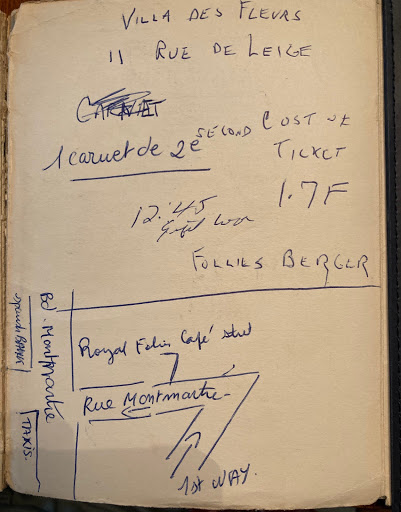Sharing three vintage travel guides from This Beautiful World Series, a series of compact books with over 100 high quality color pictures published in the 1960s and 70s. The series started with titles focused on Asia and expanded to cover a wide range of surprising locations from Katmandu to St. Louis. Their logo is a stylized representation of a Chinese character for beauty. I have three of their books and added another book on Rajasthan that is not part of the series but seemed to fit in to the group to give the picture symmetry. Most of the guides were sold in country. All purchased second hand at the AFSA book store on one of the many lunch hour visits I made to the store.
Kashmir, Shinay Fuiwara (1978).
The Himalayas: A Journey to Nepal, Takehide Kazami (1968). Once owned by "ME Lee". With a blue circular ink stamp "Colorama - 21 "[~K?] Price"
Afghanistan: Crossroads of the Ages, Masatoshi Konishi (1969). Blue rectangle stamp inside, London Book Company, Peshawer.
Rajasthan, Sevanti Nin & Sondeep Shankar (1980). Published by Roli Books.
Bonus Book
Nepal, His Majesity's Government, Department of Tourism (1974). Chock full of color photos of the country. Stamped inside, "With Compliments: - Gorkha Travels, Ltd. Durgar Marg, PO Box 629, Kathmandu, Nepal.















